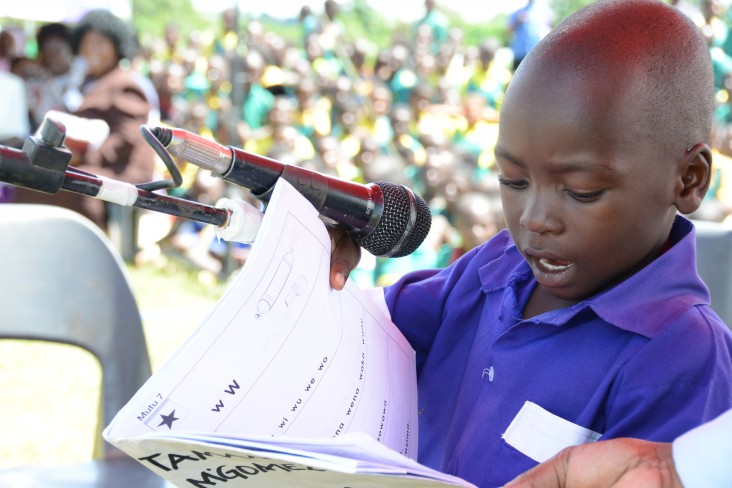
USAID has supported Malawi’s education sector since independence through collaboration with the Ministry of Education, Science and Technology (MoEST), to increase access to education, particularly for girls, and strengthen the capacity and quality of the education sector. Building on this strong partnership, USAID remains committed to working with the Ministry, development partners, and civil society to address the educational challenges facing the country today.
USAID now focuses its education interventions on early grade reading. In Malawi, 83% of Standard 1 students cannot read a single syllable and 92% cannot read a single word. On average, Standard 3 students can only read 11 words per minute and 67% cannot identify the first sound, or phoneme, in a word. Malawi’s educational performance has continually ranked at the bottom within the Southern African Region.
The Government of Malawi together with USAID support has responded to this challenge by concentrating on improving learning outcomes in Education. This focus is evident in the MoEST’s Second Education Sector Implementation Plan (ESIP II) which prioritizes 50% of Standard 4 students reaching grade-appropriate literacy/numeracy rates by 2017, developing a high-performing teaching corps and increasing in internal efficiency, and improved management and delivery of Teaching and Learning Materials (TLMs).
Girls' Education
National education data for Malawi shows that 64% of girls who enroll in Standard 1 survive to Standard 5 and only 29% survive from Standard 1 to Standard 8. In 2015, only 37% of girls who enrolled in Standard 8 in the previous academic year transitioned to Form 1, the first year of secondary school. Adolescent girls face many barriers to education, including negative gender stereotypes and risky behavior that increase their chances of getting pregnant or contracting HIV/AIDS.
The top three reasons why girls drop out of school are due to marriage, pregnancy, and family responsibilities. Through an integrated health and education approach, USAID works with youth, particularly adolescent girls, in upper primary and lower secondary grades along with teachers, mothers' groups, and community leaders to help girls stay in school, succeed academically, improve health knowledge and positive health-seeking behavior, and transition from primary to secondary school.








Comment
Make a general inquiry or suggest an improvement.